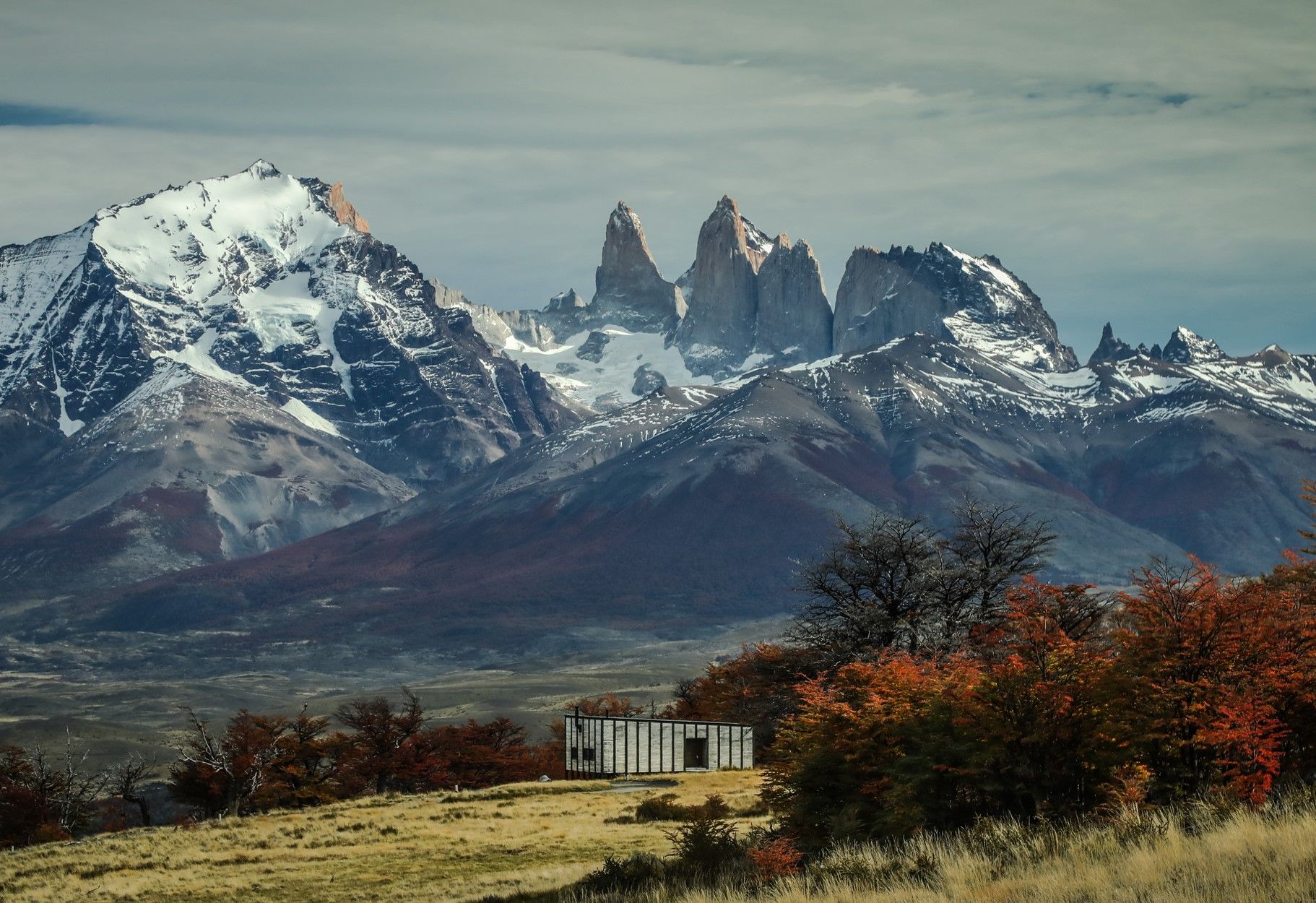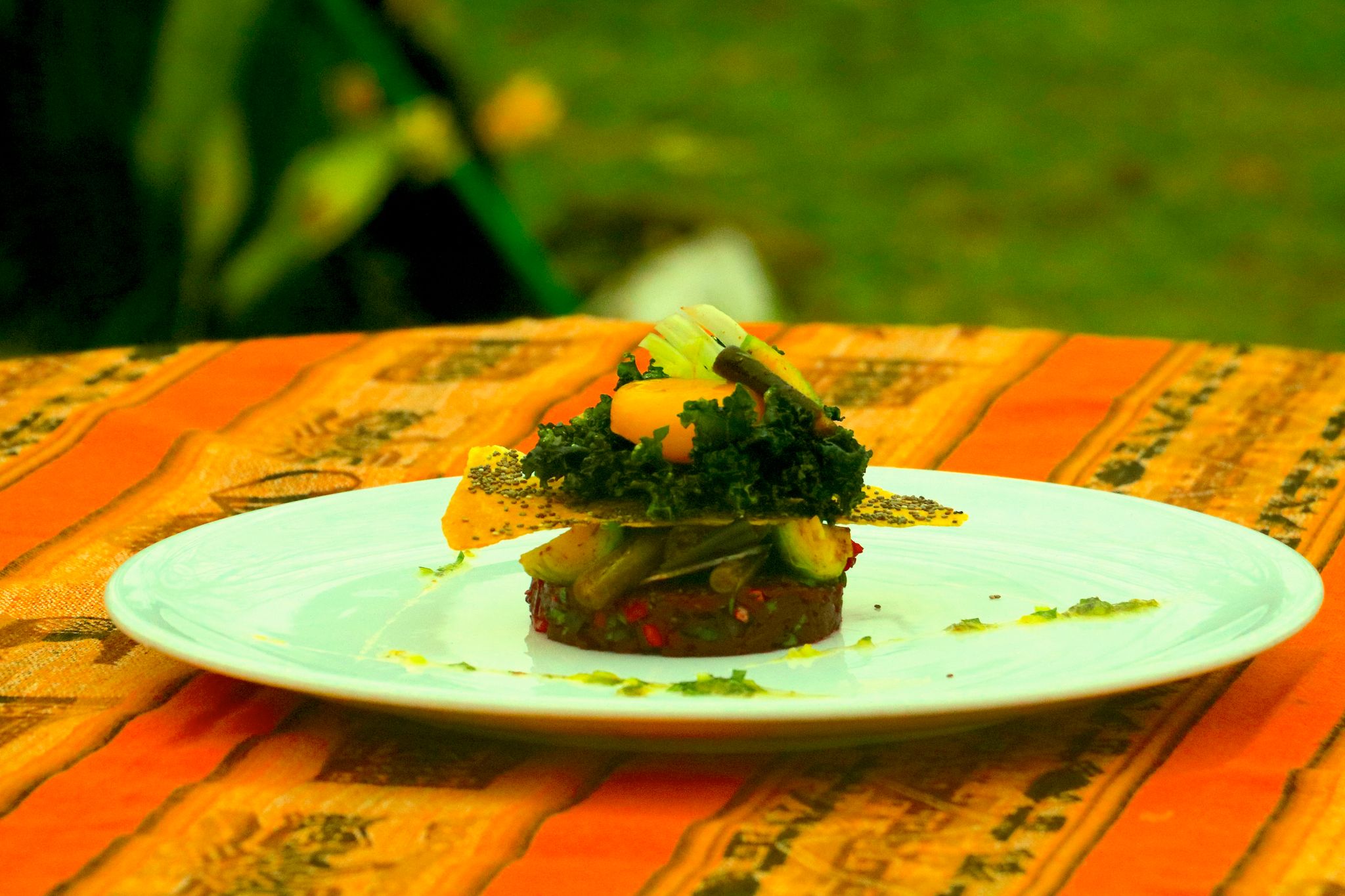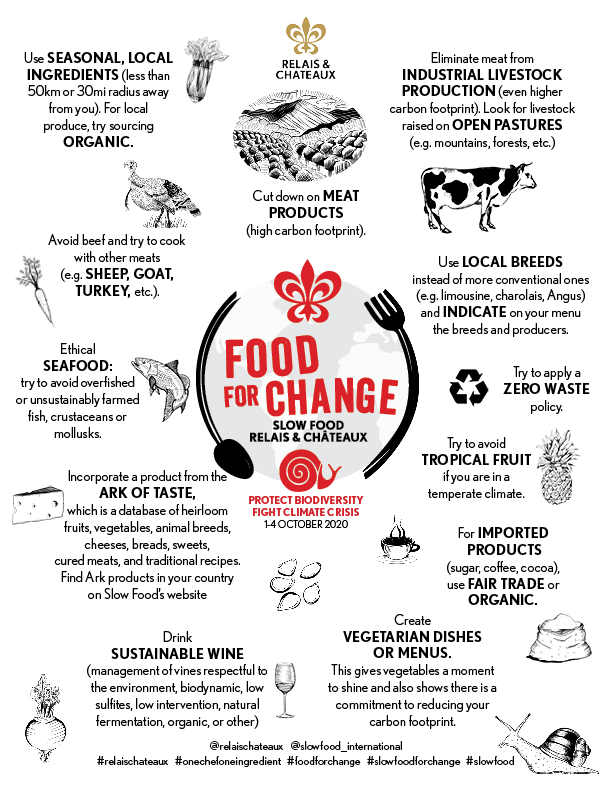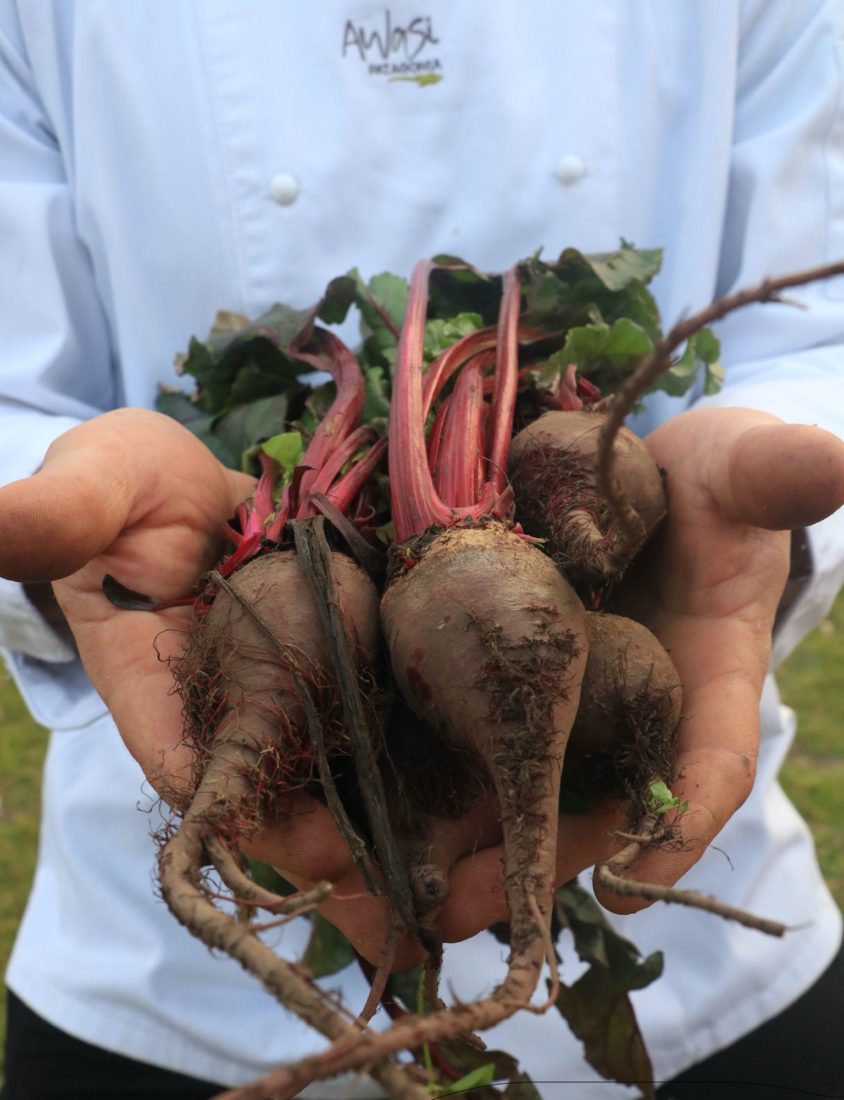Our 3rd and final post in honour of Food for Change 2020 takes us to Awasi Patagonia, Relais & Chateaux’s most southerly property.

With thrilling views of the imposing towers that give the Torres del Paine National Park in Chile its name. there’s no shortage of inspiration in the wide expanse of the Patagonia plateau.
Whilst our head chef at Awasi Atacama chose a species of carrot – the Chiuchiu – that has been specifically adapted to the Atacama’s arid conditions, chef Manu at Awasi Iguazu went for the Pitanga, a red berry native to the jungles of Argentina and Brazil and one that he can pick in his own garden. In Patagonia, head chef Matias Crosta wanted to choose an ingredient that can be grown on site at our farm at the end of the earth. Emerging now from the depths of the Patagonia winter, this crop needed to be hardy and resilient, but still capable of playing a starring role on a plate worthy of a Relais & Chateau restaurant.
With that in mind, Matias has chosen the beetroot.

“It’s a fairly common vegetable, not particularly elegant or refined” says Matias, explaining his choice. “But I love working with beetroot because you can use it in its entirety – the tuber, the stalk, the leaves – and it is incredibly versatile, both in its flavours and its application.”
The rich purple colour can be used to add depth to a plate, whilst the flavour can be used to sweeten dishes. “It allows you to have a lot of fun using it, and it combines well with almost anything” Matias adds.
Having chosen his Hero Ingredient, the chefs are then required to create a dish that showcases the ingredient’s properties and character.

Matias has prepared a variation on one of his classics, a dish that always goes down well with guests here in Awasi Patagonia; beetroot tartare with fresh cochayuyo salad. Cochayuyo is an edible seaweed found in the fjords and exposed shorelines of southern Chile. Whilst not well-known beyond the region, it has a long history in Patagonian cuisine; archeaologists believe communities used this protein-rich plant to supplement their diets up to 14,000 years ago.
The beetroot tartare uses pickled cucumbers, fennel, lemon zest and lemon juice to create a tangy, fresh combination of flavours, which is accompanied by the cochayuyo salad, diced brussel sprouts and onion and drizzled with a strawberry vinaigrette.
This delicious dish, using principally locally-sourced, seasonal ingredients, is another mouth-watering example of how sumptuous food can be created with a minimal impact on the world around us.

The Food for Change campaign, spearheaded by Relais & Chateaux in partnership with Slow Food, is designed to encourage food sustainability through the use of locally-sourced, seasonal produce that supports local producers and minimises the impact on the environment.

